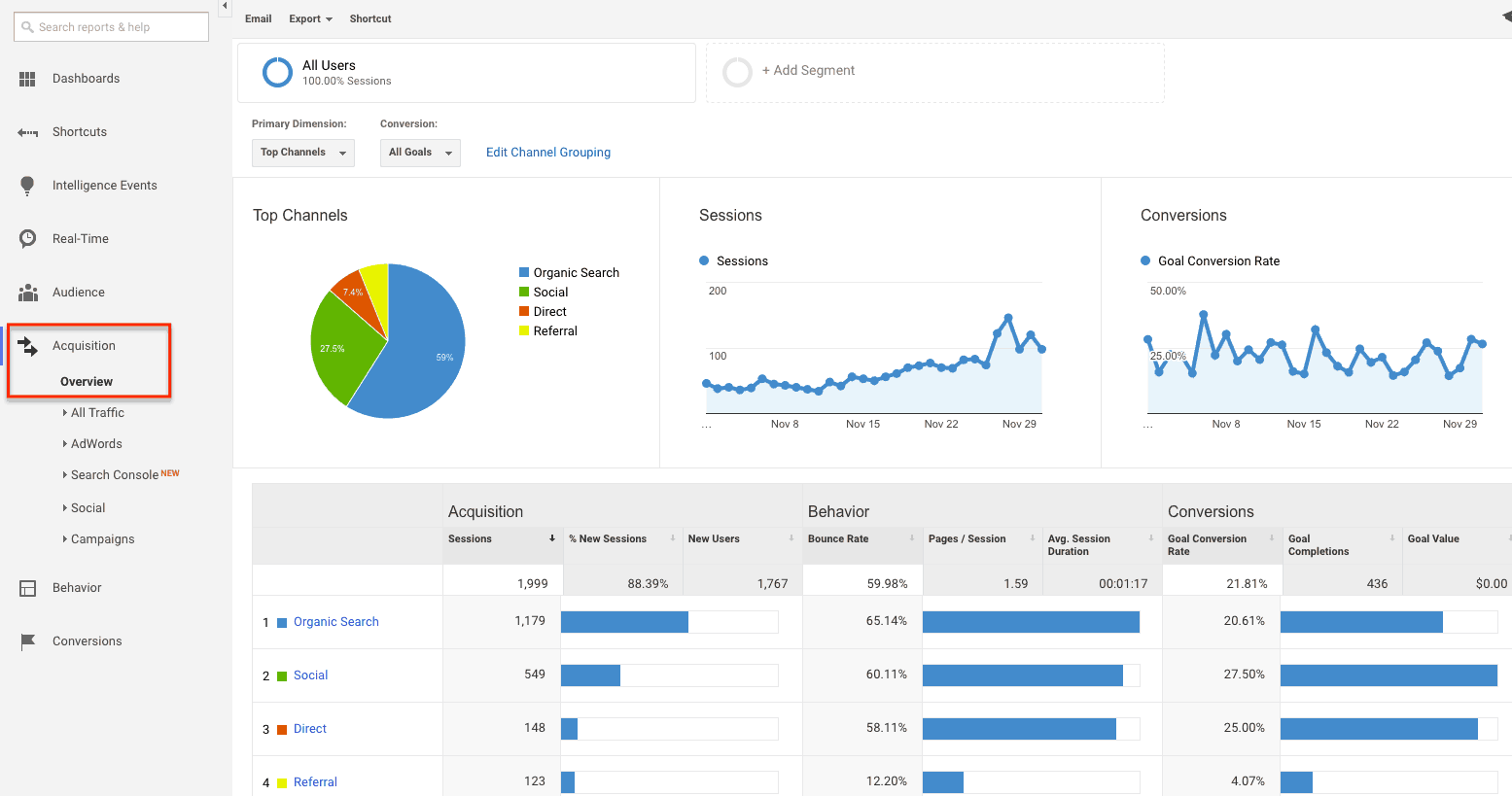Catapult Your Marketing ROI With This Marketing Strategy
"Half the money I spend on advertising is wasted; the trouble is that I don't know which half."
- John Wanamaker, marketing pioneer.
For any business looking to grow and succeed, marketing tends to be a significant investment. The U.S. Small Business Administration recommends an annual revenue spend of 7% to 8%, and some industry commentators recommend a marketing spend of up to 20%.
We get asked the marketing budget question a lot.
It’s understandable.
If you don't know which of your marketing dollars are actually bringing new business, siphoning off that much from your revenue can be difficult to justify.
If that’s a problem you’re struggling with, you’re not alone. It’s a significant problem across industries. According to one recent survey, proving ROI is the single biggest challenge marketers face today.
So, how do you fix this? Slash your marketing budget?
This could prove catastrophic if you have no certainty about which marketing activities are producing the lion’s share of revenue. And, as a side note, asking your customers how they heard about your business, is not reliable data (there is overwhelming research that shows people choose the first option of the drop-down box or mention the first thing that comes to mind when asked this question).
The answer is, of course, to implement marketing tracking across every campaign your organization does - both digital and traditional.
Tracking lets you see exactly what works and what doesn’t. You will know how to re-plan your strategy and allocate your budget, without throwing your money out the window. You will only invest in what really works. Your marketing capital will only feed the strongest marketing tools and you’ll get the maximum return on your investment. And this is only possible if you track your digital marketing campaigns right from the start.
Below are five of the most important metrics to start tracking
Which of your marketing tools are producing:
1) the most leads?
2) the best quality leads?
3) the highest conversion rates?
4) the least number of leads?
5) the worst quality of leads?
Remember volume doesn't count for much in marketing aside from bragging rights.
People proudly talk about website traffic numbers, or the number of impressions of an ad campaign. While it’s helpful to know how many people are seeing your ads, it’s far more helpful to see who is actually buying. Quality of leads is what really counts. You can make far more money from a small, tightly targeted Facebook following of 10,000 than a non-targeted one of 10 million!
Here are three starting points to implement effective marketing tracking:
1. Google Analytics
This is the foundational online tracking tool that should be used for all websites. Google analytics shows who is visiting your website, where they are located, how long they spend on your website, which pages they spend the most time on, and what content they are most interested in reading. From analyzing this data you’ll know which tactics get the most clicks and how are they converting into web leads, phone calls, sales or new customers.
Google Analytics also works by compiling data from your users and other sources and gives you a detailed report on your traffic, bounce rates, back-links, pay-per-click campaigns and many other digital marketing metrics.
2. Phone Tracking
Having a unique phone number assigned to every marketing campaign - digital or traditional yields some of the most powerful insights into a business. There’s no arguing with the data it provides - specifically, exactly where are your prospects calling from, how long does it take to get your staff to answer the phone, what are the most common questions (and objections) that are being asked, and how well trained are your staff in answering them? Knowing the answers to these questions will arms you with your future digital marketing efforts.
In-bound phone calls yield the highest quality leads. Not surprisingly, eighty-four percent of our clients want a phone call compared to a web lead. But you have to know where the call originated from to be able to amplify those efforts. These are only a few of the reasons why you have to use phone call tracking technology in order to learn how to track marketing campaigns effectively and boost your sales.
So how does call tracking work? Ideally, each campaign is assigned a unique local (or toll-free) number. These numbers are then dynamically inserted into your campaign landing page or website where the call activity is tracked. For example, someone who clicked on your Instagram ad, sees a different number, while someone who clicked a Google ad gets a different number. Both these numbers point to your main number so the process is seamless to the Client. This allows you to understand where your callers (and sales) are coming from, and consequently, where your marketing dollars should go.
3. Marketing Dashboard KPI Tracking
KPI (short for key performance indicator) tracking is about recording and tracking all your campaigns and condensed into helpful metrics. Ideally these reports should be produced weekly or monthly so that all key stakeholders know what’s going on, allowing CEOs, CMOs, and marketing managers to see the most important business metrics in less than sixty seconds. These reports effectively become the scorecard for success. Every business needs to have one.
No idea about which of your marketing is actually working and which is not?
We can help. We have access to proprietary software that can show us where the bulk of your online leads are coming from, and we can also see what your competitor’s are up to.
Contact us to start the conversation.





